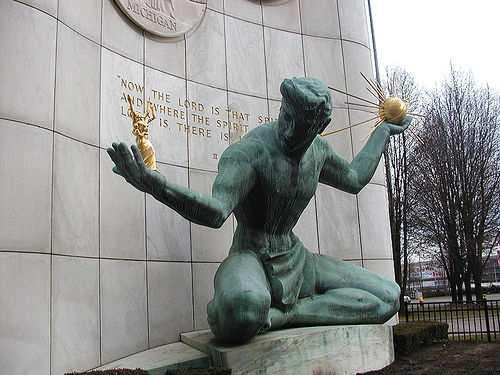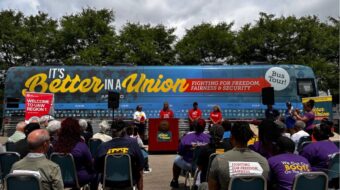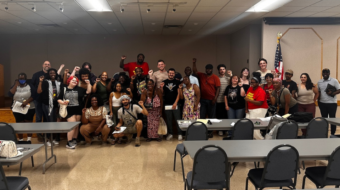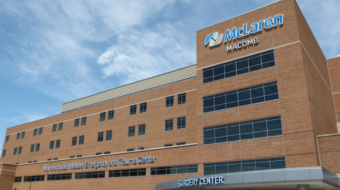
It wasn’t quite “old home week,” but attending the U.S. Social Forum last month in Detroit, where I had lived for many years, was special. As expected, the city’s crisis found its way into many formal and informal discussions.
For many participants the condition of the city was shocking – abandoned houses and neighborhoods, empty lots filled with weeds and trash, shuttered plants that at one time employed tens of thousands, roads in disrepair, homeless and hungry people living on the edge of the city’s downtown, and more.
Detroit’s population loss has been so massive, probably unprecedented for a major urban center, that the new mayor speaks of shrinking the city by a third – a third less space, a third less services, a third less houses, a third less schools, a third less people!
A tough and mind-boggling reality for sure! Enough to get you down, enough to make you despair. But this wasn’t the mood among the Detroiters attending the forum. Their stories – and I wasn’t at all surprised for this city’s people are, if nothing else, resilient – spoke not of despair, but of hope and struggle, of reclaiming, redesigning, and reconfiguring the city, of the people’s right to a livable city.
If big capital (in particular what used to be called the Big Three auto corporations) left an undeniable imprint on the city’s development and patterns of living and working in the past century, a new generation of Detroiters is determined to impress its stamp on their city in this century. No shrinking violets, they are turning a deep urban crisis into an opportunity to reinvent the city as a truly human space – a new mix of green industries, new forms of property ownership and public regulation, new modes of public transportation, new webs of ecological diversity, including urban farms and open space, new cultural and aesthetic sensibilities, a new enlargement of the public square and commons, and new forms of human interactions.
This spirit and vision, forged in what is both an immediate and longer-term crisis, couldn’t help but inspire all of us at the Social Forum.
At the core of Detroit’s crisis was the redeployment of capital to other regions and countries, the massive withdrawal of federal support for urban development, the shift of the U.S. economy’s center of gravity from industry to finance, and a sustained and savage attack against the city’s multi-racial working class and its African American majority.
Detroit’s future, therefore, hangs on reversing these processes. The flow of both public and private capital has to be redirected back to the city, where it can combine with a skilled labor force and new democratic forms of ownership and regulation to produce new products and ways of working. A renewed commitment by the federal government to address the decline of urban America is imperative. Manufacturing (in sustainable forms) must be re-centered at the core of the economy. And the power of the right and finance capital still has to be crushed by a broad anti-racist labor-led people’s movement on a national and local level.
Detroiters have a rich deposit of political, economic and cultural experience, but they can’t do it alone. Self-organization, visionary urban planning, and bottom-up people’s actions are dialectically connected to a further shift in the balance of class power in a progressive direction at the national and state level.
That may sound obvious, but I mention it because I heard appeals from some prominent people on Detroit’s left for self-reliance and a bootstrap developmental model. But is that much better than the mayor’s plan to shrink the city? Yes, but not by too much.
Detroit needs allies as well as financial resources. Corporate capital and the federal government should not be left off the hook. After all, the lion’s share of corporate profits and federal tax revenues come from working people.
Which side wins in this depends on which side – the corporations and their bidders or the working class, the racially oppressed, and their allies – holds the predominance of power.
At this moment that question isn’t settled, but if the spirit of Detroiters and the activists at the U.S. Social Forum begin to permeate the nation, Detroit and many other centers of the working class will rise like a phoenix out of the ashes, in new plumage, and reclaim their place of glory in the American landscape.
Photo: Spirit of Detroit statue, in downtown Detroit. cc 2.0










